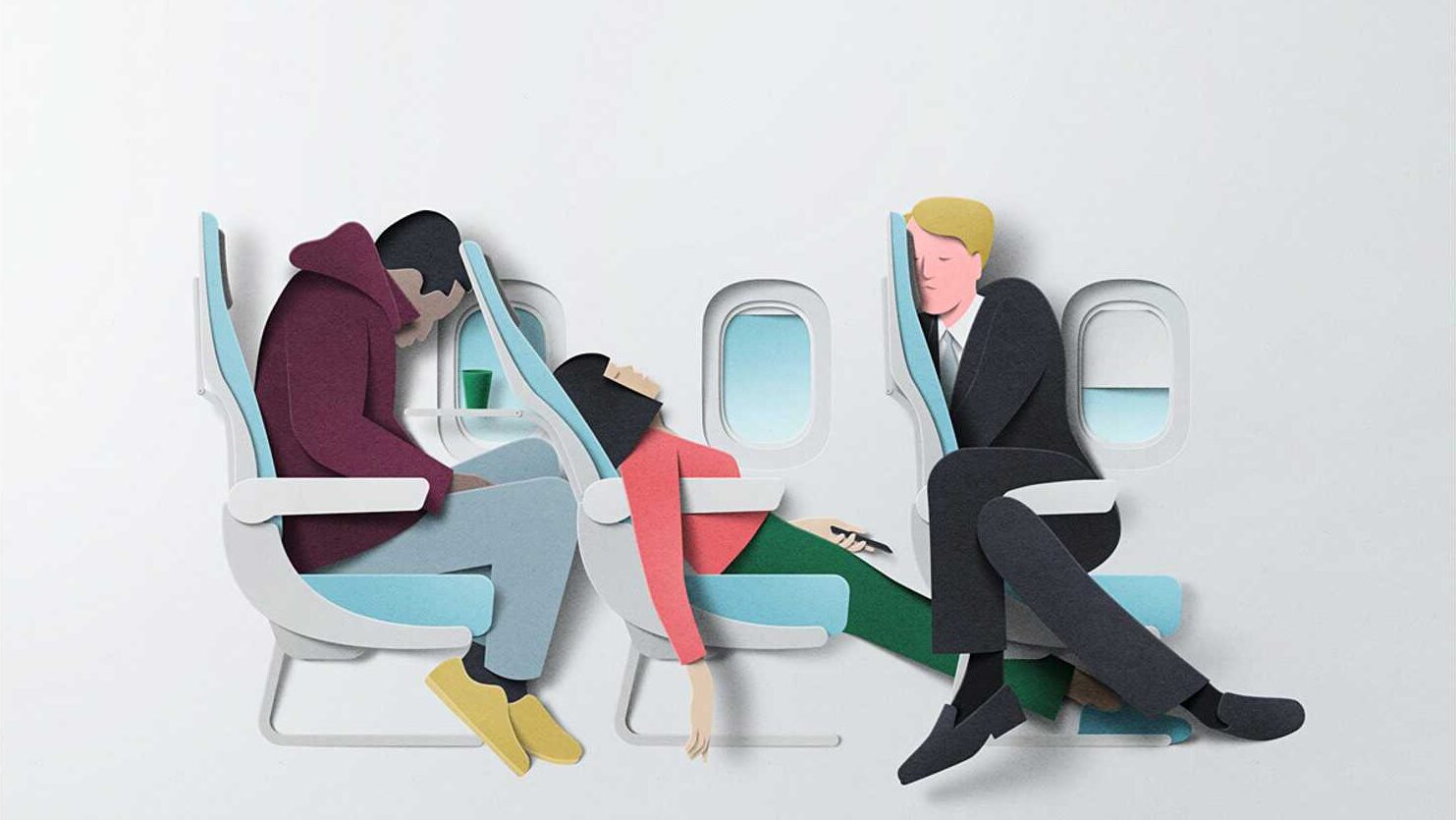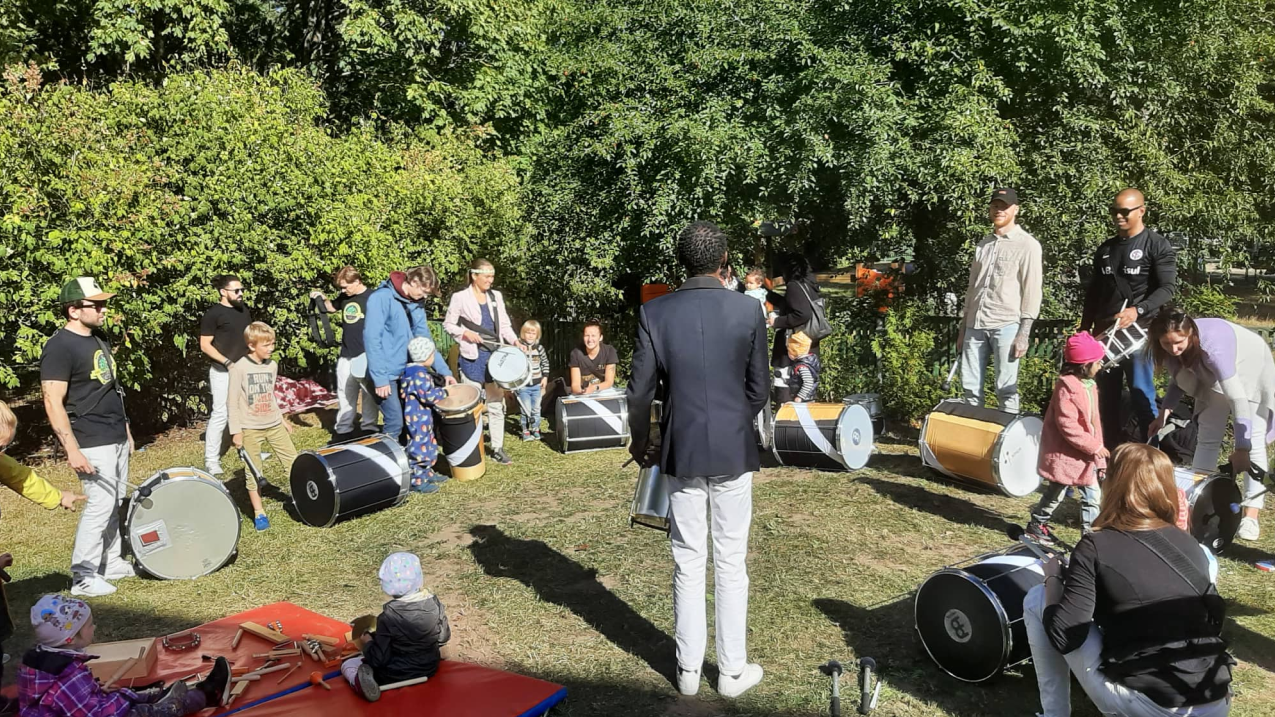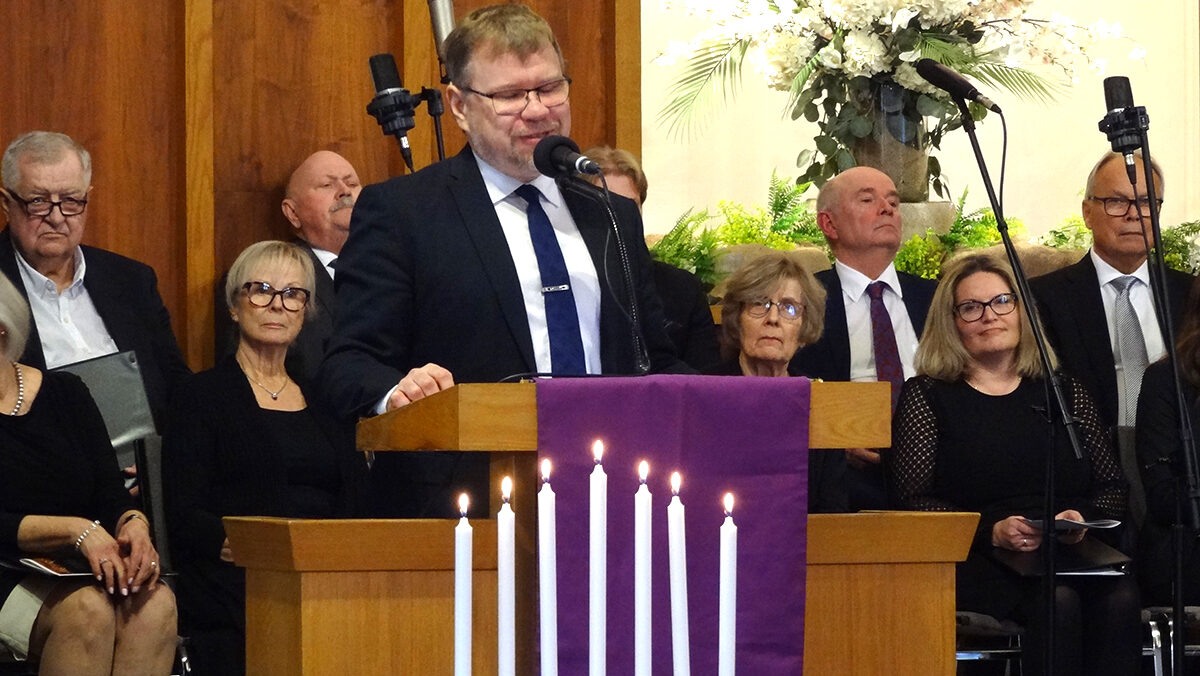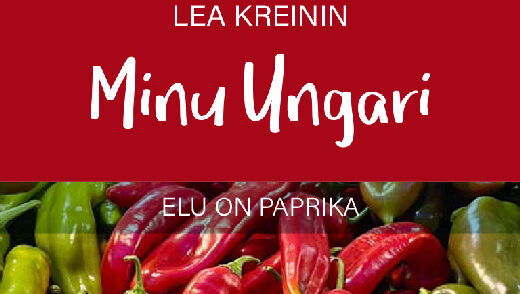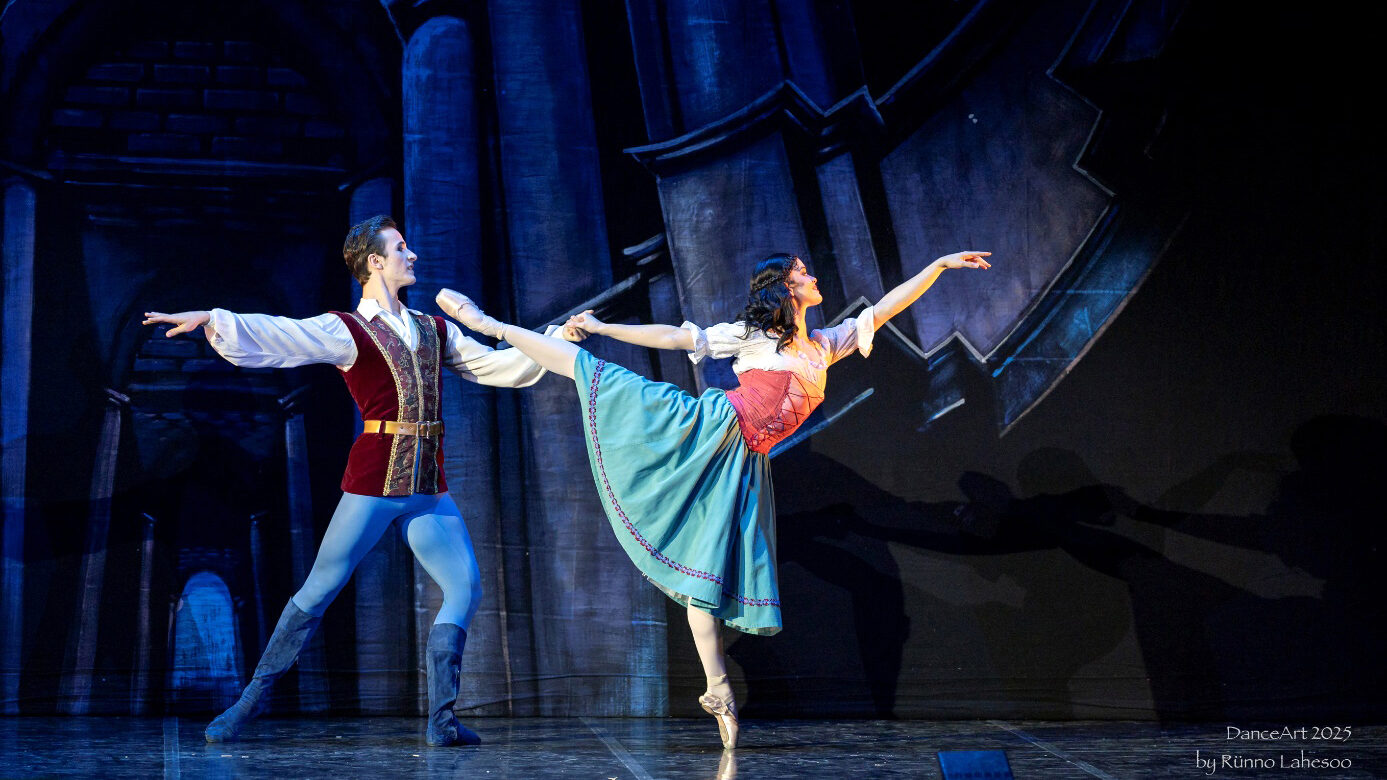While we should be mindful to not oversimplify complex social or political concepts, or to let clever design bend the truth, it is true that a well-crafted image can shed light on issues that we want to create a wider understanding of.
Among the thousands of editorial cartoons and infographics that are made regularly to inform viewers in a succinct manner, the Estonian illustrator Eiko Ojala asserts ideas with remarkable clarity.
Take, for instance, his illustrations for an issue of Oprah Magazine, which were about loneliness. One of these illustrations shows a wide gap between two people. The gap is in the shape of a conversation bubble, indicating the essential role of communication in bridging gaps between people.
In the domain of social activism, the visual culture blog Colossal wrote in August 2021 of how “Hugs”, one of Ojala's series from 2020, “… helped raise money for [MTÜ Peaasjad], an organization that supports mental health issues amongst Estonian youth.” Peaasjad's mission is to “raise the currently low awareness of mental health, address stigmatisation of psychiatric illnesses and to improve accessibility to mental health services by referring young people to appropriate help…” His illustrations of interlocking hugs gave visibility to their mission.
His 2020 illustration series titled “Busy Times” examines the pressure we put on ourselves with packed schedules and cumbersome expectations of productivity. The way Ojala does this is both sad and funny. Each illustrated character we see is struck with exhaustion and falls asleep as they go from one of their daily tasks to another. They fall asleep during a yoga class, while reading in the bathtub, or they slump over with their head against the seat in front of them during a flight.
Ojala's creations for the Intel “#lookinside” campaign in 2014 took a more subdued angle. In these illustrations, he shows how Intel's microprocessors, flash memory, graphics chips, and other manufactured electronics find their way into the making of so many products in some way or another. Whether it's ice cream, pharmaceutical goods, or a bucket of paint. The appearance of circuitry and semiconductors in the crevices of these objects implies the omnipresence of the company's technology.
This leads to the main theme of Ojala's illustrations: the way one idea is frequently nestled into another. Many times, when we open something up, we may find more than we expected, something more to analyze.
Ojala deftly depicts this theme through his method of illustration, where he creates what looks like a collage cut-out made of paper. The illustrator and graphic designer, who lives in Tallinn, states that he “works mostly digitally and draws everything by hand…” In this way, he's able to draw soft shadows and also make drastic cuts around the “canvas” of each artwork. Some parts of each drawing are set deeper inside, while other parts pop out. Even with these intricate cut-out details, he says that he likes “to keep his illustrations minimal and well-advised and [combine] consummate craftsmanship with a healthy sprinkling of wit.”
Past clients of his encompass many different industries and purposes. His illustrations have been featured in National Geographic Traveler and Die Zeit newspaper in Hamburg, Germany. Within the transportation and airline industries, he's worked with Air France and Transport for London. In the digital and consumer electronics sphere, he has represented Apple and Nokia.
To possess the ability to unravel key messaging in each of these sectors, sometimes in one simple image, is testament not only to the artist's wit, but how an informed artist can be an indispensable part of every cause or organization.
This article was written by Vincent Teetsov as part of the Local Journalism Initiative.
